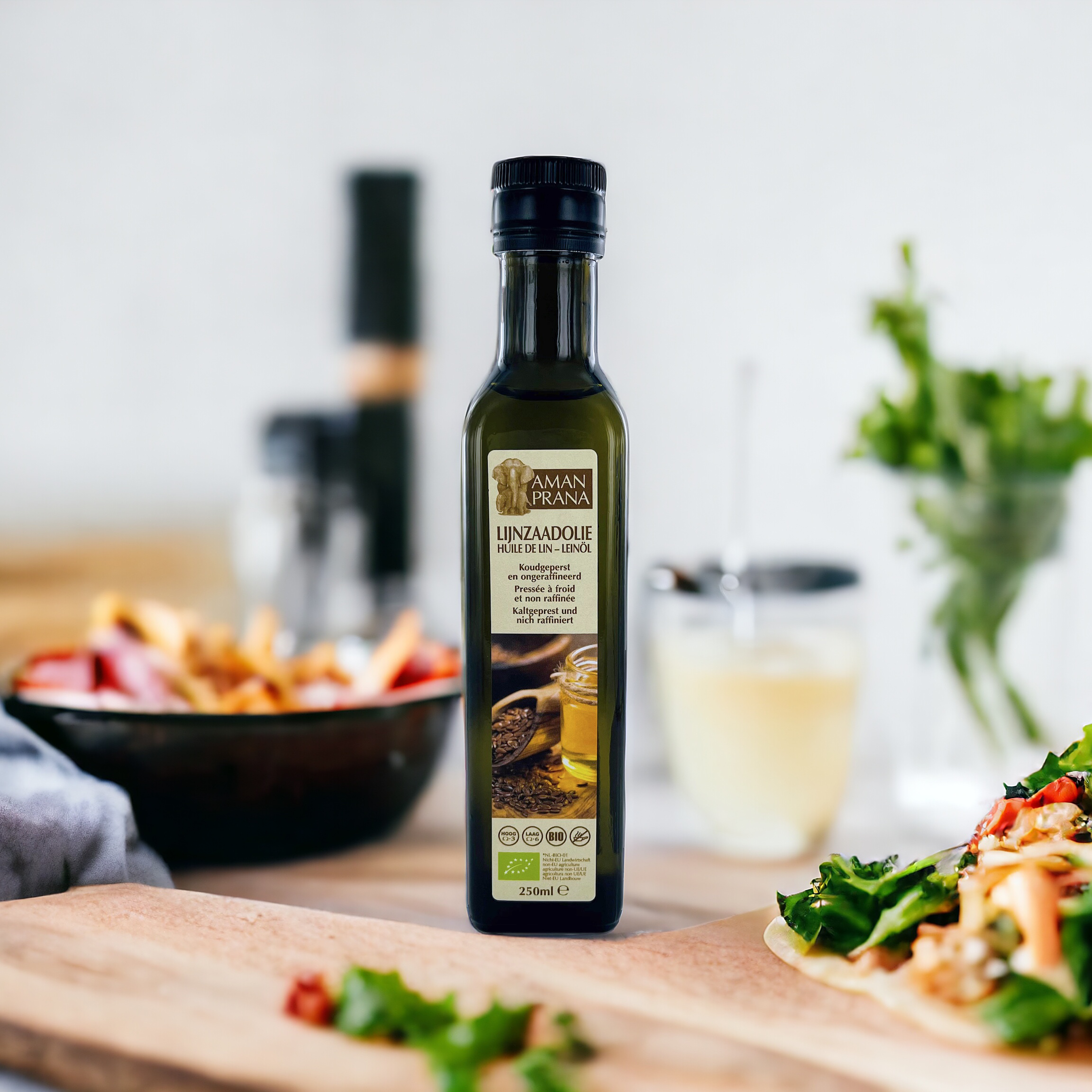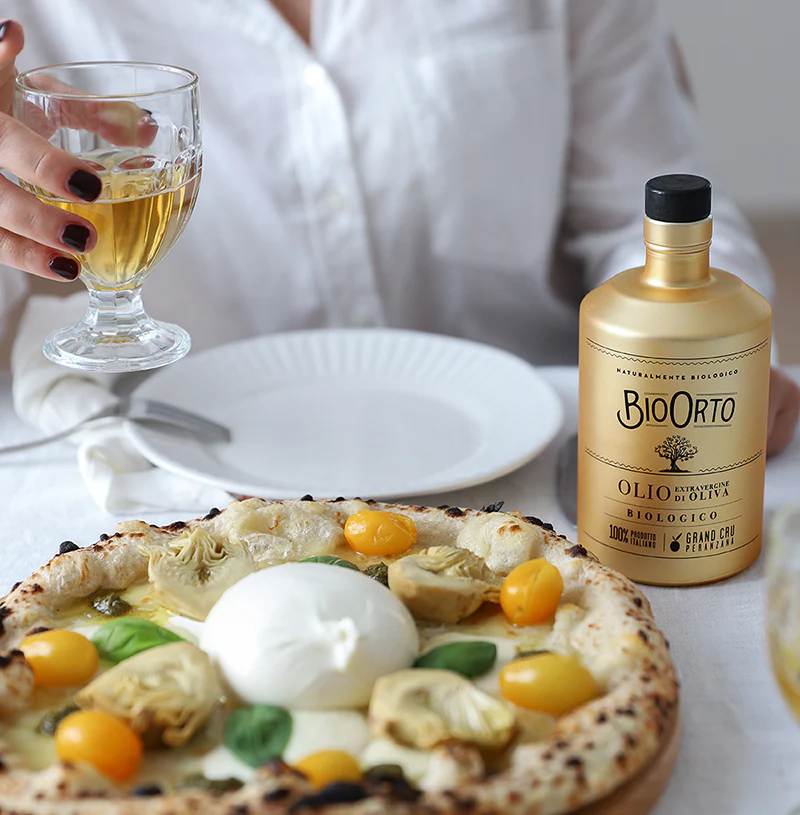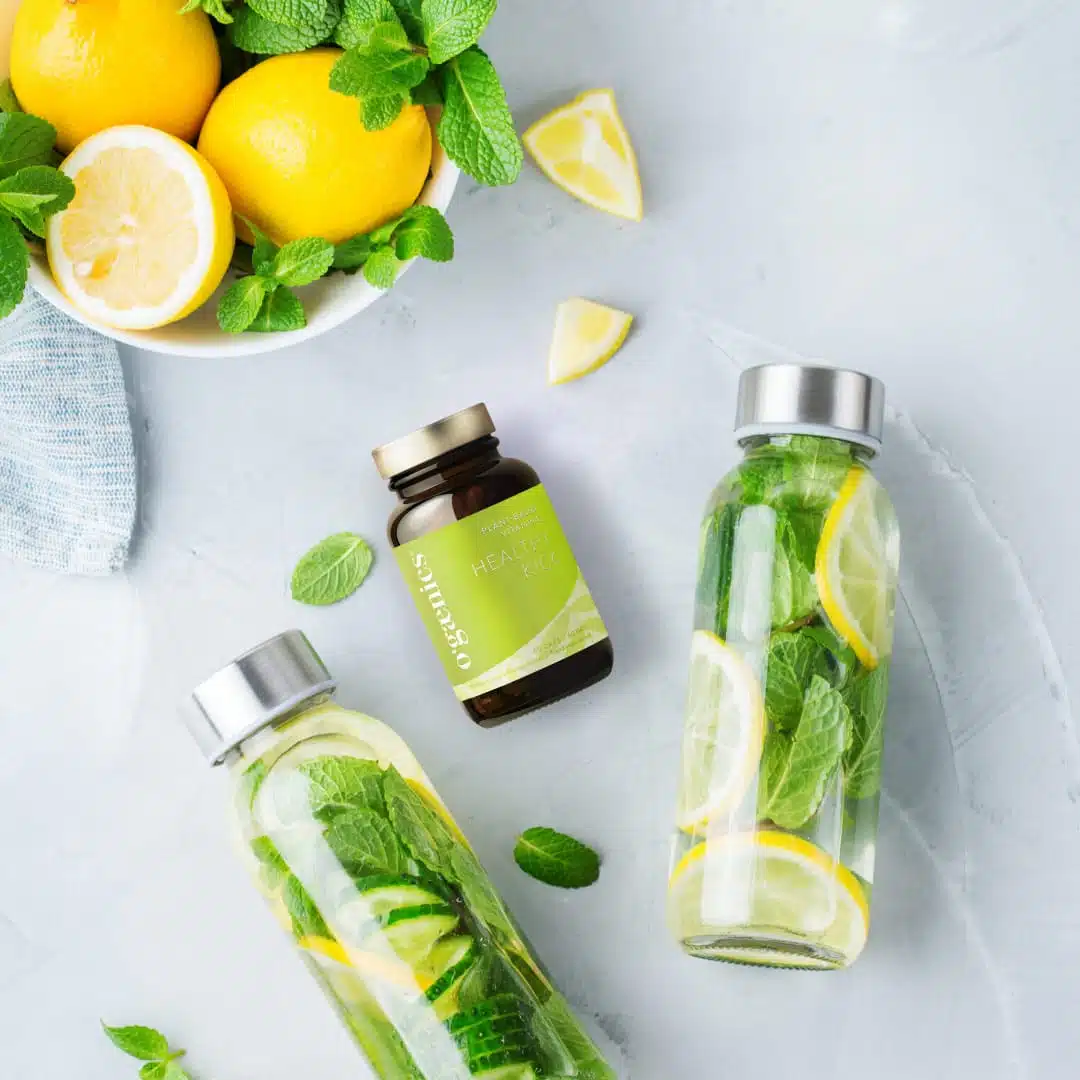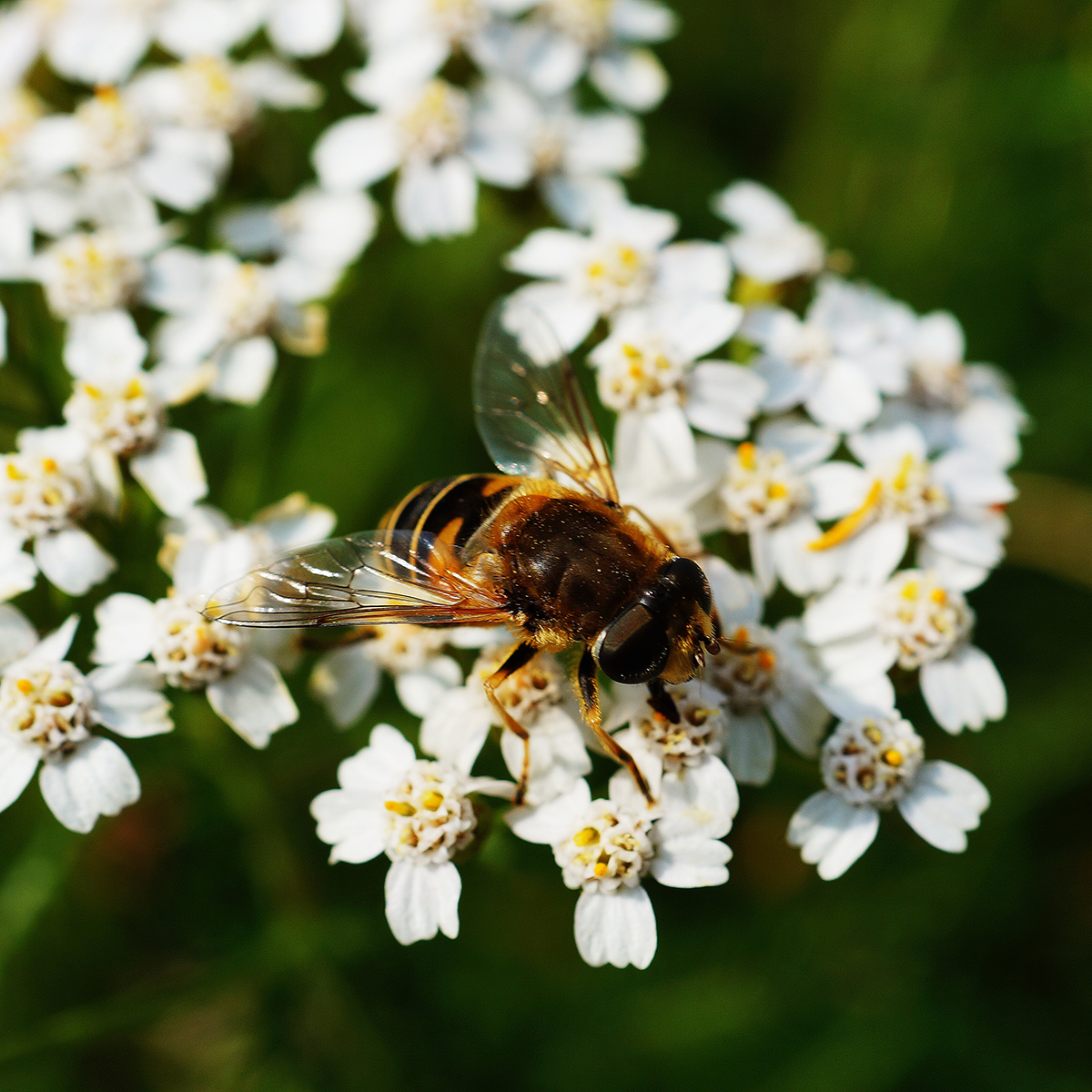Salad dressings are appealing to everyone. It doesn’t matter which eating philosophy or diet you follow: raw, macrobiotic, vegetarian, vegan, Paleo, Keto, flexitarian, low-carb… or protein-rich. Even for those who don’t follow a particular diet, a delicious homemade salad dressing is so easy to enjoy.
You Can Enjoy Salad Dressings with Every Meal
You’ve probably already discovered that your favourite dressing can be added to more dishes than a cold salad. A dressing is just as delicious when poured over a warm vegetable or pasta dish, or as seasoning for a papillot or in your soup. And did you know that you can easily and quickly turn a salad dressing into a dip?
Discover below how you can do that, why it is strongly recommended to make your own dressings and what you should keep in mind before you starting mixing in your kitchen.

# 1 Making a salad dressing takes less than 5 minutes and homemade is much healthier than what you buy in the store
You decide how much sugar and how much salt you add. And whether you want to add it at all. And you determine the ratio of oil and vinegar. Making it yourself means you’re in charge of the flavour and your health.
# 2 Shelf life: A homemade salad dressing can be kept in the fridge for at least 1 week (vegan dressings can usually be kept for several weeks)
Even when you don’t add any salt or sugar to your dressing, you can expect a long shelf life. As soon as you include dairy or eggs the shelf life shortens a little bit. But know that what is homemade will always taste better than what is in a supermarket bottle. So it’s not really worth worrying about the shelf-life.
# 3 Be sure to take your dressing out of the fridge well before using it. Allow the ingredients that have separated due the cold (such as oil and vinegar) to easily mix again
Allow your dressing to rest at room temperature, because the flavours of the added spices are will be more prominent and richer. When the cooled effect of the refrigerator is gone, the spice flavours can aromatize the oil and vinegar more strongly.
# 4 When serving a cold salad as a side dish, mix the dressing well with the vegetables before serving
Use your hands or big salad tongs to mix the dressing with the vegetables. This is the easiest way to guarantee that the salad dressing is evenly distributed over all the vegetables in your salad. This way you also avoid that ‘excessive dressing’ feeling because everything is spread out.
# 5 Make your dressing in the same bowl you will store it in. This saves you time and saves you from doing extra dishes. An ideal container is the Gula Java jar from Amanprana
Ideally you want a glass jar with a well-closable lid and a large opening. Choose a small, convenient container you can take with you and make sure that the opening is large enough for a hand blender. Then you can blend your fresh spices and easily mix this with the oil and vinegar.
# 6 Onion-like foods are healthy and universal flavourings for dressings: leeks, onions, shallots, garlic and scallions
At the beginning of each week dice a large onion and 2 garlic cloves and store this in the fridge. Onion-like foods develop a better flavour when they are chopped into small pieces beforehand. Moreover, they become even better for your health. Start every week like this and your ingredients are ready-to-go when you want to make your dressing.
# 7 Use your dressing to add more plant-based proteins to your diet
Roast nuts and seeds, such as pine nuts and hemp seeds and add them to your dressings. The freed aromas will be absorbed by the oil. The digestibility (read: absorption) of the nuts and seeds increases when they are roasted.
# 8 Coarse sea salt, such as Khoisan Fleur de Sel, is always preferred over regular sea salt or table salt. It gives your dressing a tasty texture
Each ingredient in a salad dressing plays an important role, but salt plays the main role. Salt makes the final flavour of the dressing into what it is. For some, as a result, it’s enough to mix a high quality extra virgin olive oil with freshly ground black pepper and delicious, coarse salt.
# 9 Differences in flavours of dressings can be created by changing the oil you use as base
Extra virgin olive oil is the most used oil for salad dressings because everyone knows this oil. Alternatives, such as nut oils and seed oils, can bring a welcomed different flavour. If you regularly make dressings, variation is not only welcome but also recommended. Replace that extra virgin olive oil with hemp oil or walnut oil to give your dressings more depth. Hemp oil also has a nutty flavour.
# 10 Turn any dressing into a dip by adding a tasteless binder
Maybe you don’t want to turn your basic dressing made of olive oil, balsamic vinegar and spices into a dip. But your creamy garlic dressing with coconut milk and cashew nuts would be lovely to serve as a dip. You can do this by adding a neutral and tasteless binder to your dressing. Think of arrow root or psyllium fibers.
Some final advice:
Those who like to save time throughout the week, often do ‘meal prepping’ in the weekend. You can also do this with your dressings.
- At the beginning of the week, make 3 dressings so that you have some variation available. Even if you were to eat the same vegetables every day, your salad would taste differently and your diet would have more variation.
- Make a double portion of a dressing and store in the freezer in an ice cube mould. 1 cube is often sufficient for 1 salad.
Good recipes for dressings inspire us to eat more vegetables.
Do you have a useful tip about salad dressings for us?
What is your favourite recipe for a salad dressing?










The information below is required for social login
Sign In
Create New Account